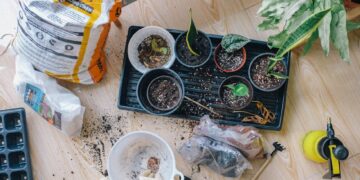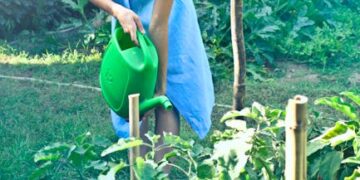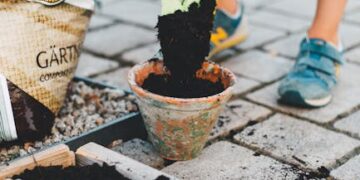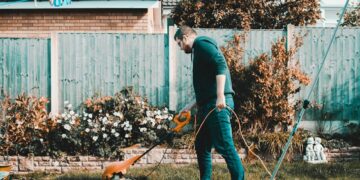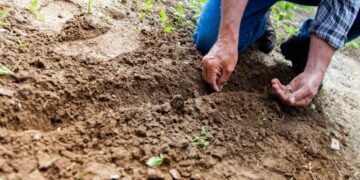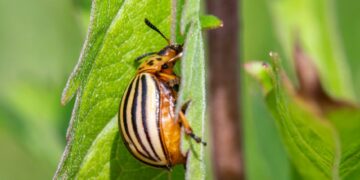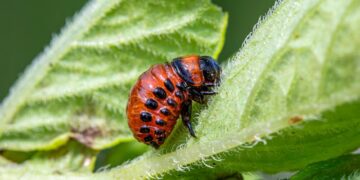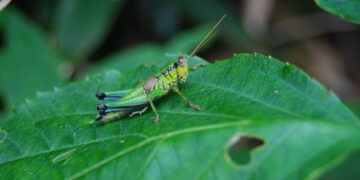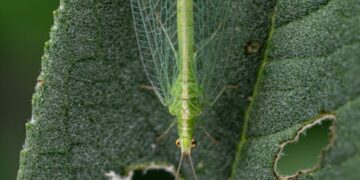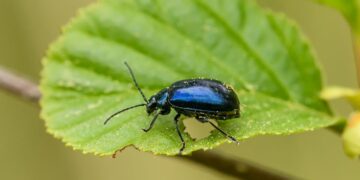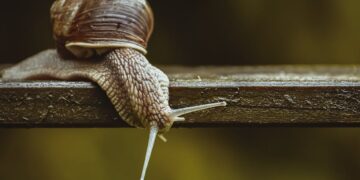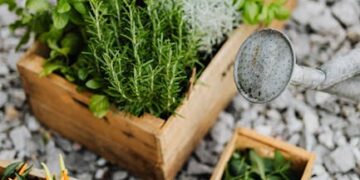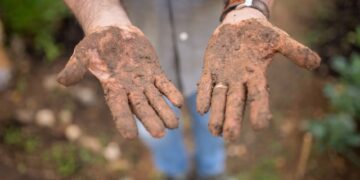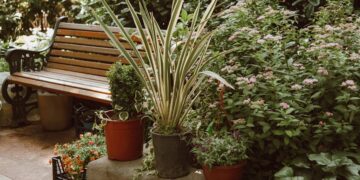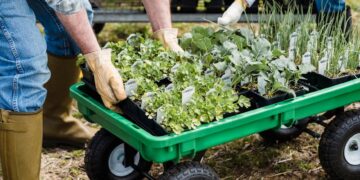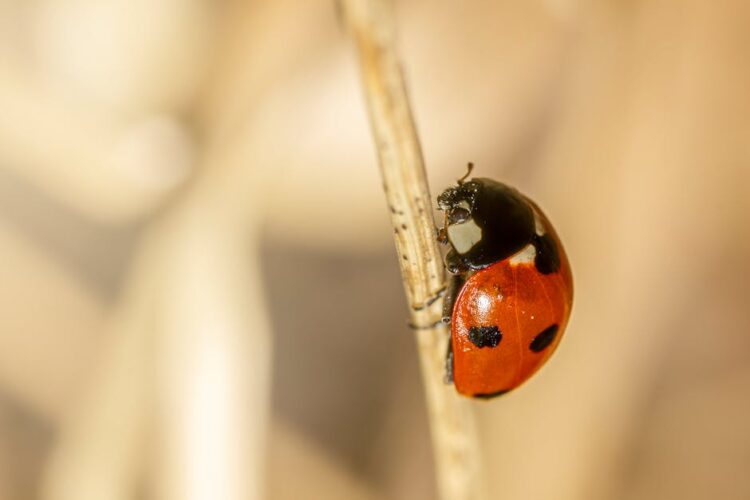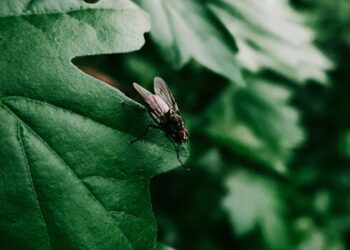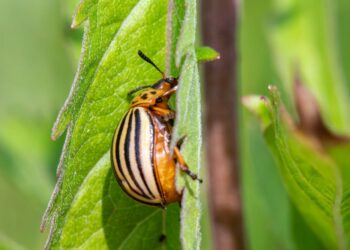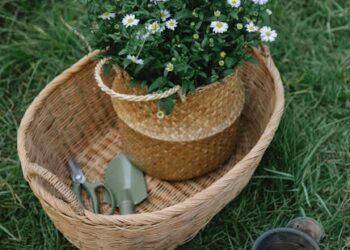Master Your Garden: A Step-by-Step Garden Weed Control Guide for Beginners
Gardening is a delightful hobby, but dealing with weeds can be less than pleasant. Not only do weeds hamper the growth of your favorite plants, but they can also turn your beautiful garden into a lackluster patch. This guide will walk you through straightforward and effective strategies to manage weeds, transform your gardening chores into a joy, and ensure that your garden thrives beautifully.
Understanding Weeds: What You Need to Know
Weeds are essentially unwanted plants that compete with your desirable garden plants for nutrients, sunlight, and space. Identifying and understanding the types of weeds that invade your garden is the first step in effective weed control.
Common Types of Weeds
- Dandelions: Easily recognizable by their yellow flowers and fluffy seed heads, these are perennial weeds that can pop up anywhere.
- Crabgrass: This annual weed spreads rapidly during the warm months and dies off in winter, only to return with its seeds next year.
- Lambsquarters: Characterized by their dusty leaves, these annuals are common in vegetable gardens.
Once you know which invaders to look for, you can make a plan to deal with them effectively.
Preventative Measures to Control Weeds
Prevention is always better than cure, especially when it comes to weeds in your garden. Here are a few ways to prevent weeds from taking over your space:
Mulch Your Garden
Mulching not only helps retain moisture and keep the soil temperature stable but also blocks light from reaching weed seeds, preventing their germination. Organic mulches like straw or wood chips can be particularly effective.
Use Landscape Fabric
Landscape fabric, or weed barrier, can be laid around plants to block weed growth while allowing water and air to penetrate soil, helping your desired plants to flourish.
Dense Planting
When you plant more densely, your desired plants will crowd out the weeds by competing effectively for sunlight and nutrients.
Manual Methods for Weed Removal
While preventative methods are useful, sometimes you need to rely on good old-fashioned elbow grease to remove weeds. Here’s how:
Hand Pulling
This method works best when the soil is moist, and the weeds are young. Grab the weeds near the base to pull out the roots completely.
Using a Hoe
A sharp hoe can be used to cut weeds down just below the soil surface. This is especially effective in larger areas and can help disturb the weed’s root system.
Using Weed Killers Safely
When manual removal isn’t enough, you may need to use chemical controls. However, it’s important to use these products safely to protect both your garden and the environment.
Selective Herbicides
These chemicals are designed to kill only certain types of weeds without harming other plants. They are ideal for lawns where weeds mingle with grass.
Non-selective Herbicides
These kill almost any plant they come into contact with and are best used in areas with no desirable plants, like driveways or walkways.
Always follow the manufacturer’s instructions when using herbicides, and consider wearing protective clothing and equipment to ensure safety.
Integrating Weed Control into Your Gardening Routine
Regular maintenance is key to preventing weeds from taking over. Integrate the following practices into your gardening routine:
Monitor Regularly
Regularly walk through your garden and check for signs of weed growth. Catching them early can save a lot of trouble later.
Maintain Healthy Soil
Healthy soil promotes the growth of your plants and not the weeds. Occasionally test your soil and amend it with compost or other organic matter to maintain its health and fertility.
Rotate Crops and Plants
If you’re growing vegetables or have a big garden, rotating crops can prevent weeds from becoming established and also discourage pest infestations.
Conclusion
With the right tools and techniques, controlling weeds in your garden doesn’t have to be a daunting task. By implementing preventative measures, efficiently removing existing weeds, and ensuring regular garden maintenance, your garden can remain beautiful and productive. Remember, every minute spent on weed control is a step toward a flourishing garden that you can be proud of.
Happy gardening!

